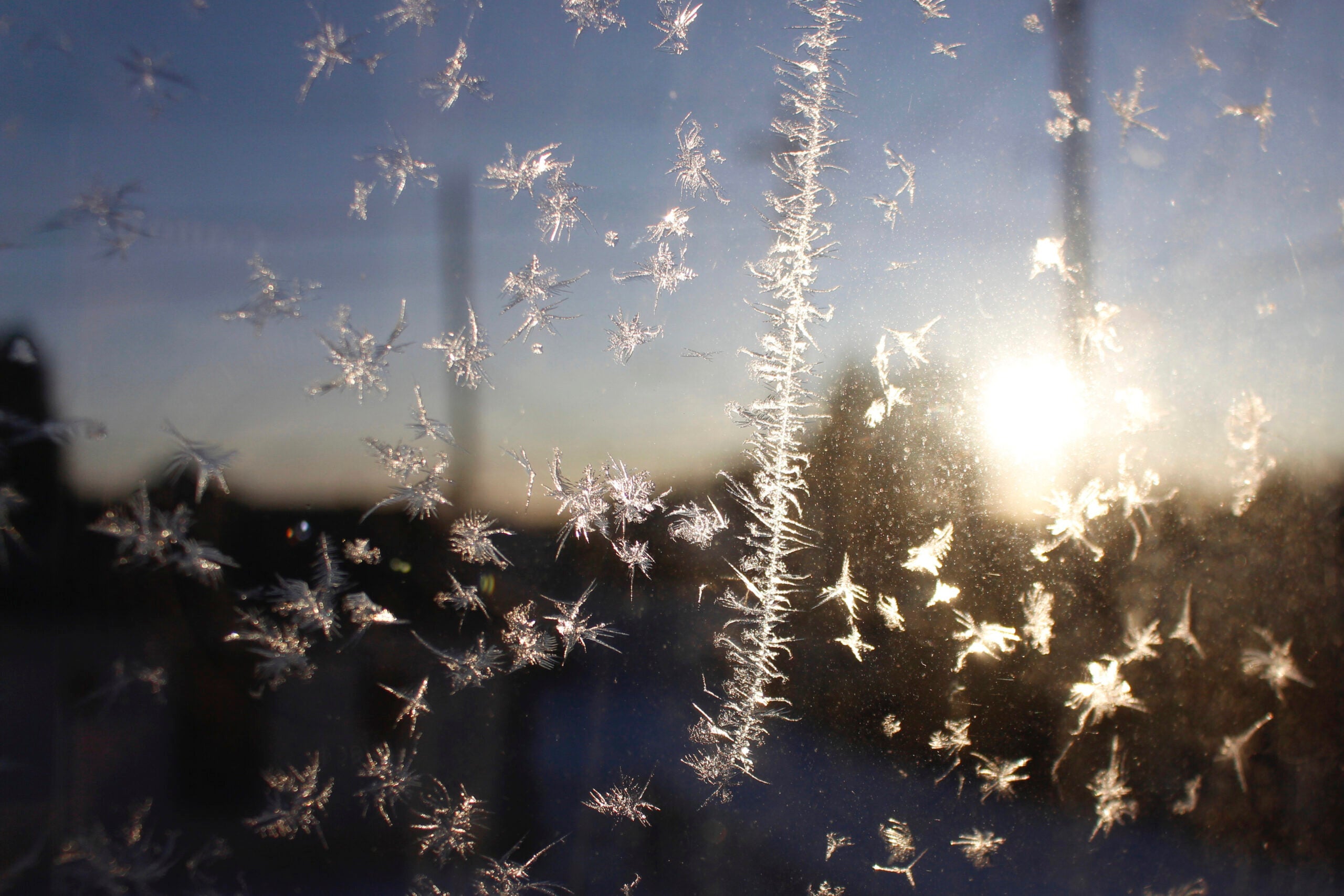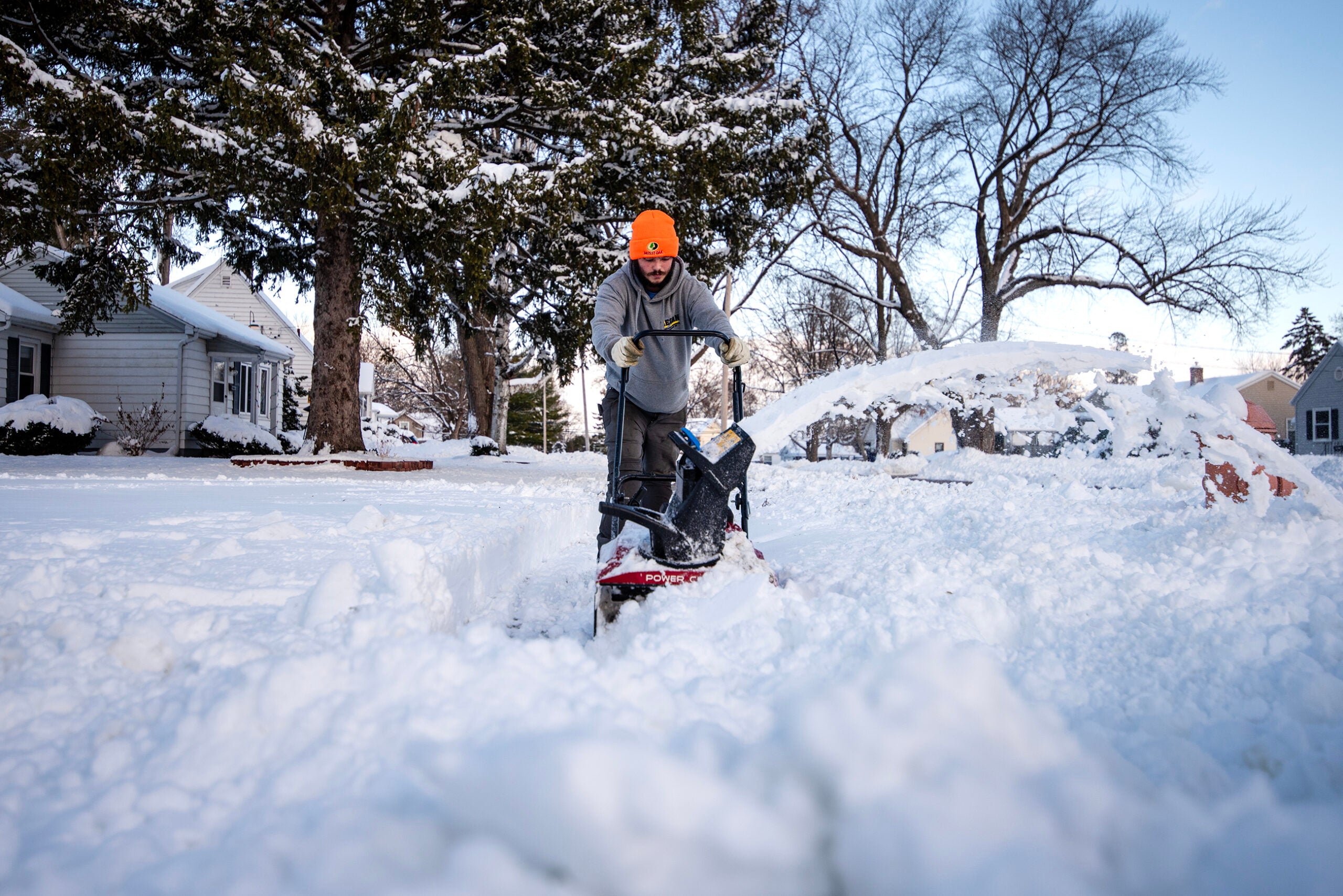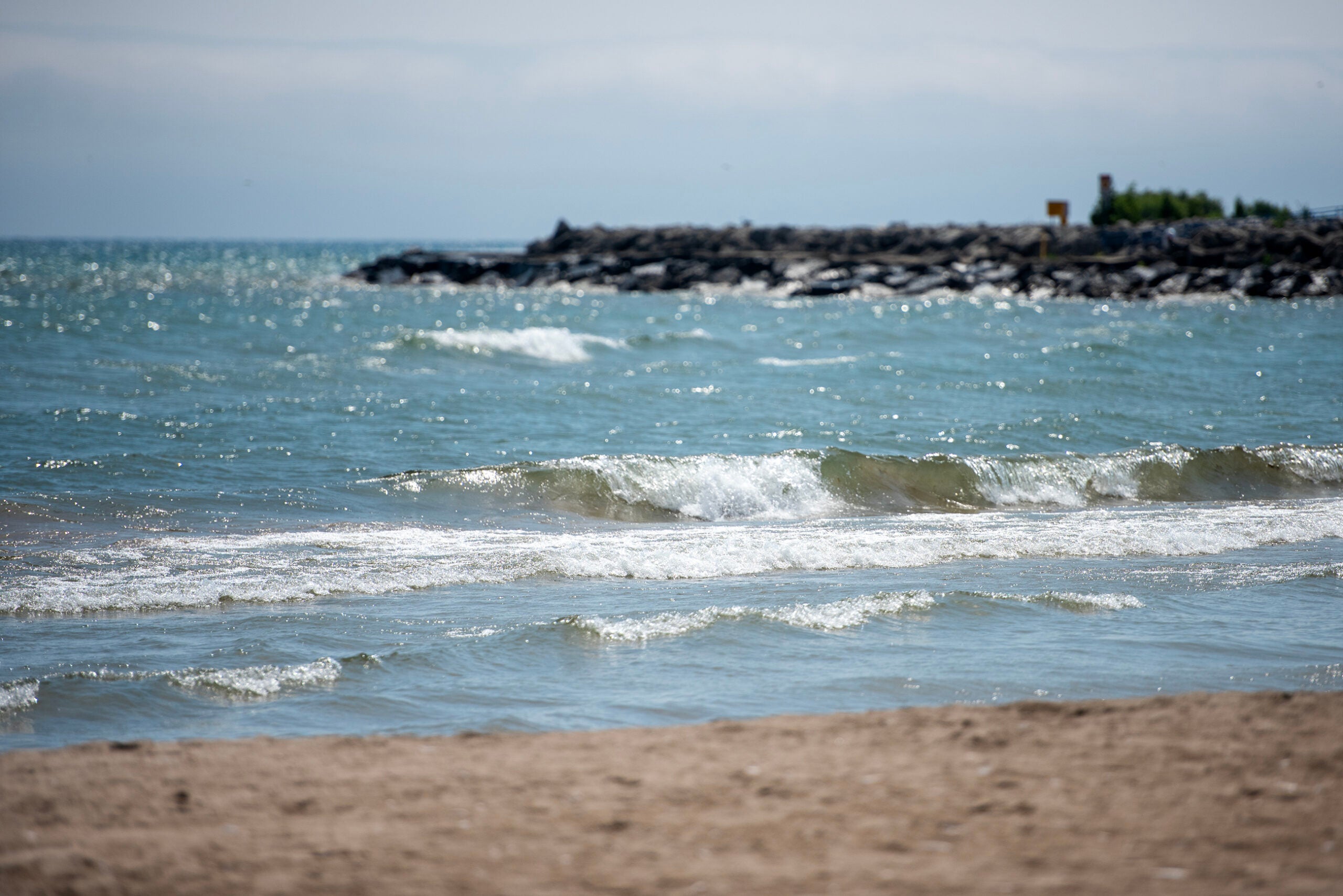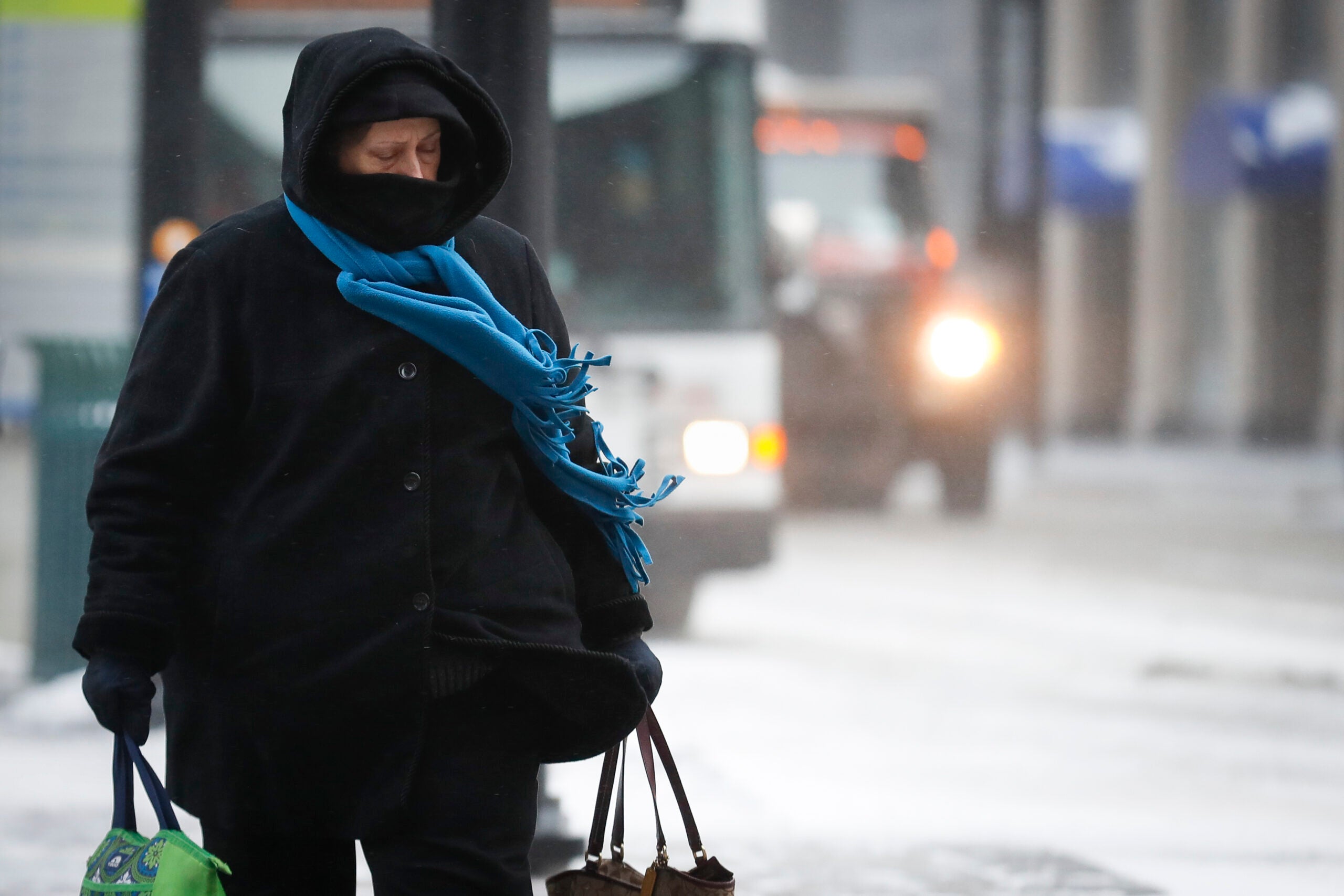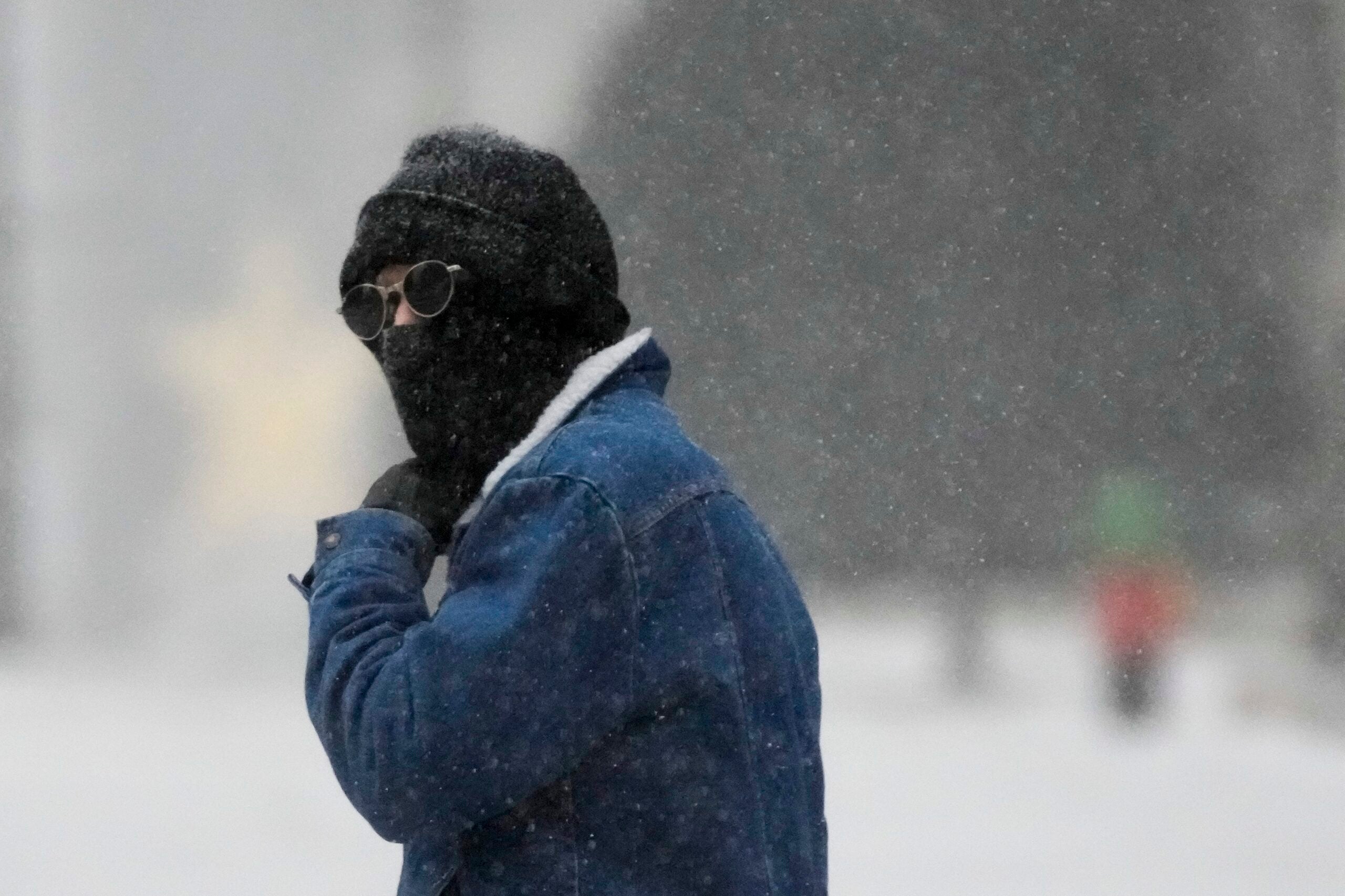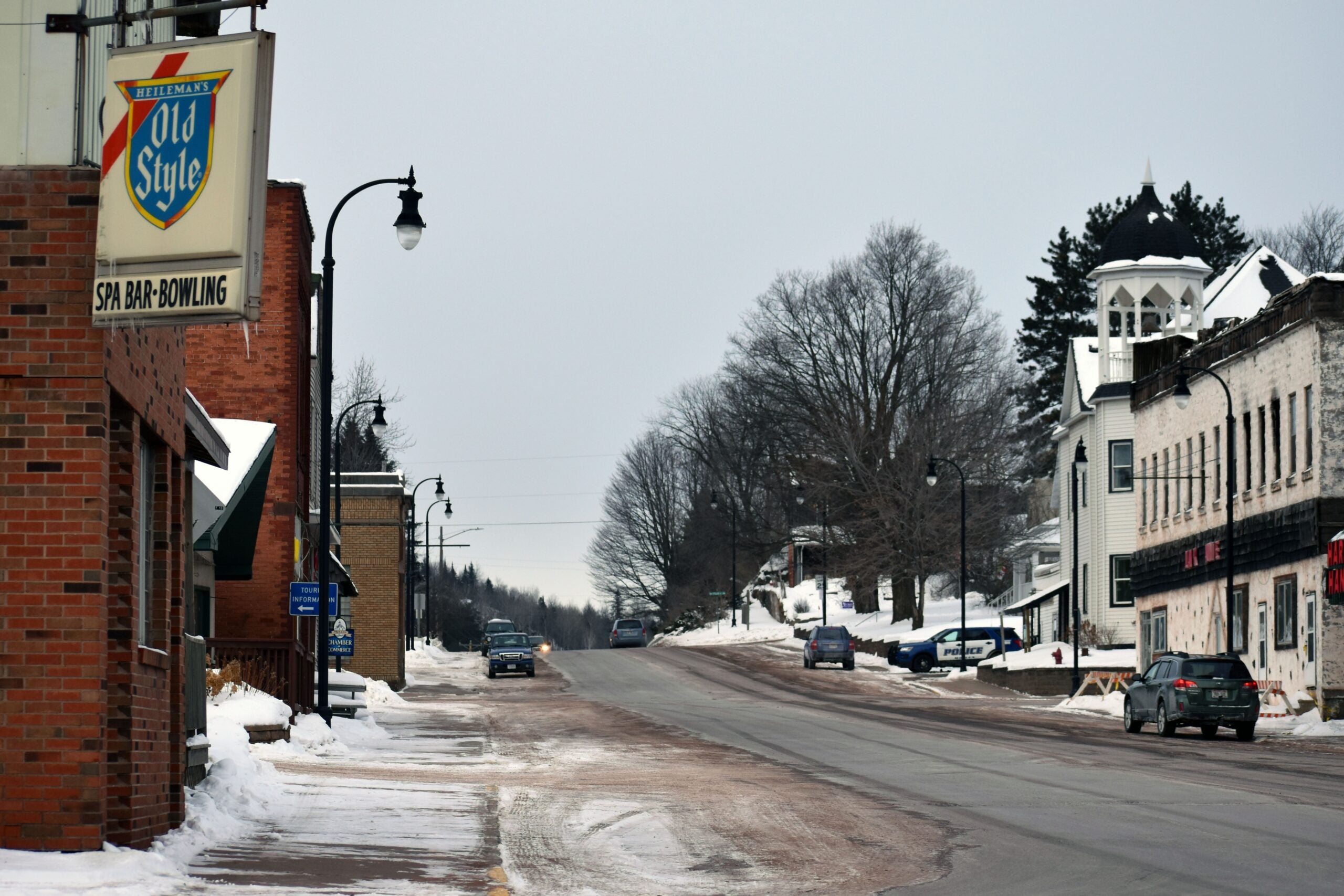Wisconsin residents should bundle up Wednesday night as gusty northwest winds and single-digit temperatures make for some frigid conditions. The National Weather Service has issued a wind chill advisory for 43 counties, in effect from midnight Wednesday until noon Thursday.
“This blast of cold air will certainly impact the entire state here over the next 24 hours,” Jeff Makowski, a meteorologist with the National Weather Service in La Crosse, said.
He said the coldest weather is expected in the western and northern parts of the state, where wind chills will likely reach 20 to 30 degrees below zero Wednesday night into Thursday. The eastern part of the state may see slightly milder weather, with wind chill expected to be a balmy zero to 15 degrees below zero.
News with a little more humanity
WPR’s “Wisconsin Today” newsletter keeps you connected to the state you love without feeling overwhelmed. No paywall. No agenda. No corporate filter.
But what exactly is wind chill?
“Usually you have at least a little layer of warmer air close by your body, which helps to keep you slightly warmer,” Makowski said. “But when the winds are strong, that helps move that layer of warmer air away quicker and thus it feels colder.”
Simply put, the wind blows away any semblance of warmth hanging in the air, and you’re left with biting cold. Makowski said this is the perfect recipe for frostbite.
“Frostbite can occur in as little as 10 to 30 minutes for exposed skin as we start to see the wind chills get below 20 below to 30 below,” Makowski said.
His advice is to stay indoors until the temperatures come back up. But if you are planning to be outdoors, especially for a prolonged period of time, Makowski said to dress in several layers of warm clothing.
Quite a change from yesterday! Be prepared for it when heading out today. Wind Chills are dropping below ZERO if they haven’t already. pic.twitter.com/wIZH8waU3E
— NWS La Crosse (@NWSLaCrosse) January 19, 2022
Temperatures this low are especially dangerous for unsheltered individuals who may be spending the night outdoors.
Ben Jackson works with Porchlight, Inc., a nonprofit that provides homelessness services throughout Dane County and manages Madison’s emergency men’s shelter.
He said they generally see a spike in shelter intake this time of year.
“A lot of these (unsheltered) folks can’t afford to buy propane to heat their tents, so they actually rely on candles … and mounds of blankets,” Jackson said.
Some shelters relax eligibility criteria in cases of extreme weather. Jackson said generally shelters will not admit people who are highly intoxicated.
“But on nights like tonight, they let everybody in,” Jackson said. “Their lives are in danger by trying to survive in the outdoors without shelter of any kind.”
People can lose fingers or toes to frostbite, and in some cases even their lives. Jackson said they see one or two people every year who die because of the cold.
And the cold is just as dangerous for furry, four-legged friends, Dr. Jaclyn Forcey, a veterinarian with True Veterinary Care in Verona, said.
“They (dogs and cats) can get frostbite just like you or I can get frostbite in cold weather,” Forcey said.
Forcey recommends limiting your pet’s time outdoors, especially on below-zero days. If you do still want to get outside, which Forcey endorses, she suggested donning some protective gear. Booties can protect paws from salt or ice, and jackets are especially helpful for smaller animals and animals with short hair.
She also recommended switching up your walking routine to account for the cold.
“If you used to walk an hour a day, maybe you split that up into a couple 15-minute chunks throughout the day so no one’s been exposed that long to the cold weather,” Forcey said.
Pet owners should avoid leaving their furry friends outside unattended. But if you have barn cats or other outdoor pets, Forcey said to provide some kind of warm, insulated shelter — like a dog house or even a cooler lined with straw.
“Blankets can get damp and they can freeze, so straw seems to be a better insulator,” Forcey said.
While the cold weather is not new for most Wisconsin residents, Makowski said Wednesday night’s temperatures are slightly below the average for this time of year. He said average temperatures in the La Crosse area this time of year range from 10 degrees to the upper 20s. Wednesday night, many cities will see temperatures drop well below zero.
“These aren’t unusual for this time of winter but certainly, even for Wisconsin, this is very cold air,” Makowski said.
The lowest temperature in Wisconsin was recorded in February 1996, when it reached 55 degrees below zero.
Wisconsin Public Radio, © Copyright 2025, Board of Regents of the University of Wisconsin System and Wisconsin Educational Communications Board.

